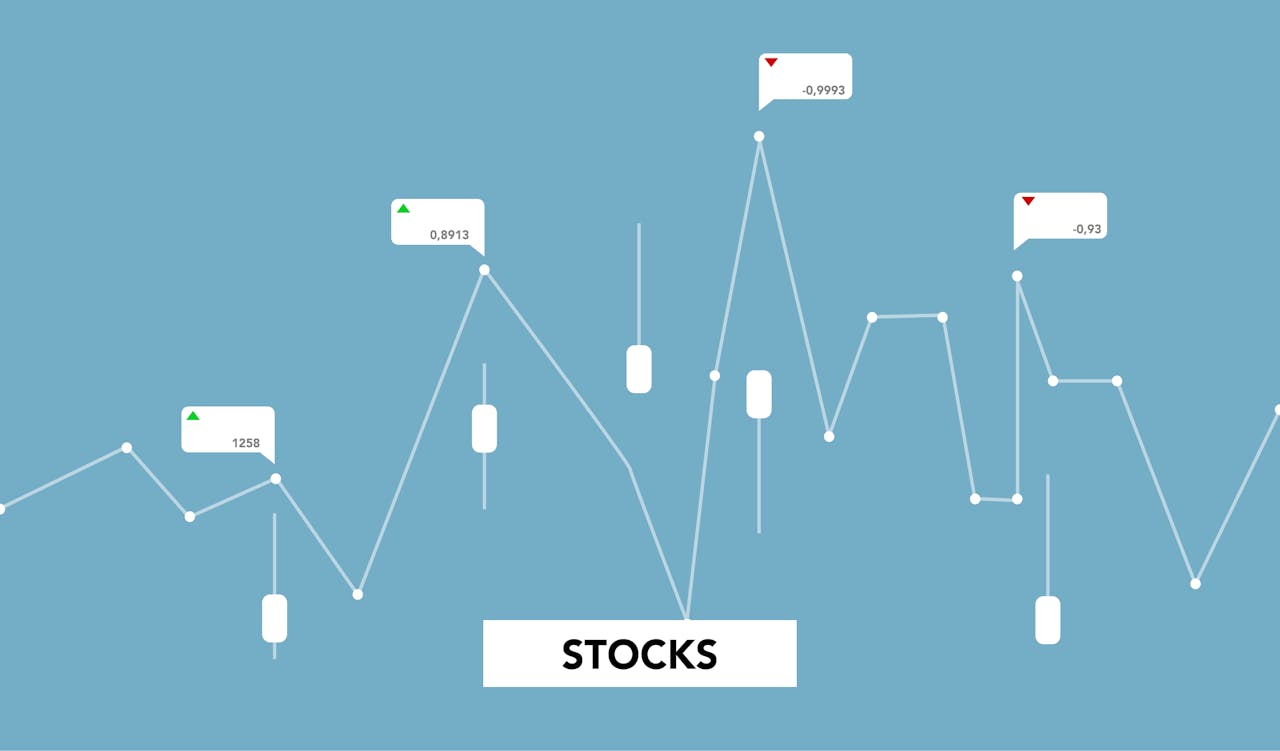Stock market indices are essential tools for investors and analysts. They provide a snapshot of the stock market’s performance. Investors use them to assess overall market health or specific sectors. Among the most popular indices are the S&P 500, Dow Jones Industrial Average, and NASDAQ Composite. Each index has distinct characteristics and plays a crucial role in the financial markets. This article explores these indices in detail, highlighting their differences and importance.
What Are Stock Market Indices?
A stock market index is a collection of stocks representing part of the market. It serves as a benchmark to measure the performance of specific segments or the entire market. Investors rely on indices to track stock performance and gauge market trends. Indices also help make informed decisions for portfolios. Monitoring them provides insights into market behavior and investor sentiment.
The S&P 500: A Broad Measure of the U.S. Stock Market
The S&P 500 is one of the most influential indices. It includes 500 of the largest U.S. publicly traded companies. These companies span various sectors such as technology, healthcare, and financials. The S&P 500 is considered a broad indicator of U.S. stock market performance. It is often used by investors as a benchmark to evaluate their portfolios.
Composition of the S&P 500
The S&P 500 includes companies selected based on market capitalization, liquidity, and other factors. The companies must meet specific criteria, such as having a market capitalization of at least $13.1 billion. The index uses a market capitalization-weighted methodology. This means larger companies impact the index more. Therefore, a significant movement in large companies like Apple or Microsoft can influence the S&P 500’s performance.
Why It Matters
Investors view the S&P 500 as a reflection of the overall economy. It provides a diverse representation of U.S. businesses. As a result, it is widely regarded as a reliable indicator of market health. Many investment funds, such as ETFs and mutual funds, track the S&P 500’s performance.
The Dow Jones Industrial Average: The Legacy Index
The Dow Jones Industrial Average (DJIA) is one of the oldest stock market indices. Charles Dow and Edward Jones created it in 1896. Initially, it included 12 companies, but today it tracks 30 large U.S. companies across different industries like technology, finance, and healthcare.
How the Dow is Calculated
The Dow is a price-weighted index. In other words, stock prices directly influence its impact. Companies with higher stock prices, such as Boeing and Goldman Sachs, have more influence on the DJIA’s performance. Unlike the S&P 500, the Dow does not focus on market capitalization.
Significance of the Dow
While the S&P 500 offers broader market coverage, the Dow remains an essential measure of U.S. corporations’ health. Its long history and recognition make it influential. Though the DJIA has fewer companies than the S&P 500, many still use it to track the overall stock market direction.
NASDAQ Composite: The Tech-Focused Index
The NASDAQ Composite is another key index, primarily focused on technology and growth companies. Unlike the S&P 500 and DJIA, the NASDAQ includes over 3,000 stocks, making it the broadest of the three discussed here. The index includes tech giants like Apple, Amazon, and Alphabet.
Structure of the NASDAQ
Like the S&P 500, the NASDAQ is market-capitalization-weighted. Larger companies have more influence on the index’s movements. However, the NASDAQ has a greater focus on technology stocks. It also includes companies from other sectors such as healthcare and consumer services.
Why the NASDAQ Matters
Investors closely follow the NASDAQ to gauge the performance of the technology sector. Given the dominance of tech stocks, the NASDAQ tends to be more volatile than the other indices. Its movements are particularly important to those tracking the performance of growth stocks.
Comparing the S&P 500, Dow Jones, and NASDAQ
The S&P 500, Dow Jones, and NASDAQ track the stock market but differ in composition and focus.
- Diversification: The S&P 500 is the most diversified index. It represents a broad cross-section of U.S. industries. The Dow Jones is less diversified, with only 30 companies. The NASDAQ, on the other hand, has a strong technology bias.
- Weighting Methodology: Both the S&P 500 and NASDAQ use market capitalization to weight their components. Larger companies hold more influence. The Dow is price-weighted, meaning higher-priced stocks have more influence, regardless of company size.
- Market Focus: The S&P 500 and Dow Jones reflect the broader U.S. economy. Meanwhile, the NASDAQ focuses more on technology and growth industries. This makes the NASDAQ more volatile, but it provides deeper insights into tech stock performance.
Why Do Investors Care About Stock Market Indices?
Stock market indices play several important roles for investors. They offer benchmarks for comparing individual investments. Indices also help track market trends and the overall health of the economy. By monitoring these indices, investors can identify opportunities and assess risks.
Tracking Market Performance
For example, if the S&P 500 is rising, it indicates that the broader market is doing well. In contrast, if the NASDAQ is declining, it may suggest that tech stocks are struggling, which could signal the need to adjust investments in that sector.
Portfolio Diversification
Investors also use indices to diversify their portfolios. Many ETFs and mutual funds track the performance of these indices, giving investors exposure to a broad range of stocks. This strategy reduces the risk of individual stock selection and allows investors to participate in overall market performance.
Conclusion
Stock market indices like the S&P 500, Dow Jones, and NASDAQ Composite provide crucial insights into market performance. Each index has its unique structure and focus. The S&P 500 offers broad diversification, the Dow has historical significance, and the NASDAQ emphasizes technology stocks. Understanding these indices helps investors make informed decisions and stay connected to market trends. Whether you are a beginner or an experienced investor, following these indices is essential to understanding the health of the market and the economy.
Check out our Facebook or X accounts.
For more topics check here.



